|
Tamron 17-28mm F/2.8 Di III RXD - Review / Test Report - Sample Images & Verdict |
|
Lens Reviews -
Sony Alpha (Full Format)
|
|
Page 3 of 3

Sample Images
Click on an image for downloading the full-size variant.
 |
| Make | SONY |
| Model | ILCE-7RM2 |
| ISO Speed | 100 |
| Focal Length | 17.0mm |
| Aperture: | f/8.0 |
| Exposure | 1/400s |
 |
| Make | SONY |
| Model | ILCE-7RM2 |
| ISO Speed | 200 |
| Focal Length | 17.0mm |
| Aperture: | f/2.8 |
| Exposure | 1/60s |
 |
| Make | SONY |
| Model | ILCE-7RM2 |
| ISO Speed | 100 |
| Focal Length | 22.0mm |
| Aperture: | f/2.8 |
| Exposure | 1/100s |
 |
| Make | SONY |
| Model | ILCE-7RM2 |
| ISO Speed | 1600 |
| Focal Length | 28.0mm |
| Aperture: | f/2.8 |
| Exposure | 1/60s |
 |
| Make | SONY |
| Model | ILCE-7RM2 |
| ISO Speed | 100 |
| Focal Length | 19.0mm |
| Aperture: | f/8.0 |
| Exposure | 1/250s |
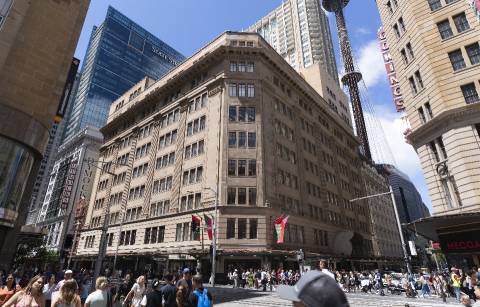 |
| Make | SONY |
| Model | ILCE-7RM2 |
| ISO Speed | 100 |
| Focal Length | 20.0mm |
| Aperture: | f/8.0 |
| Exposure | 1/200s |
 |
| Make | SONY |
| Model | ILCE-7RM2 |
| ISO Speed | 100 |
| Focal Length | 28.0mm |
| Aperture: | f/2.8 |
| Exposure | 1/3200s |
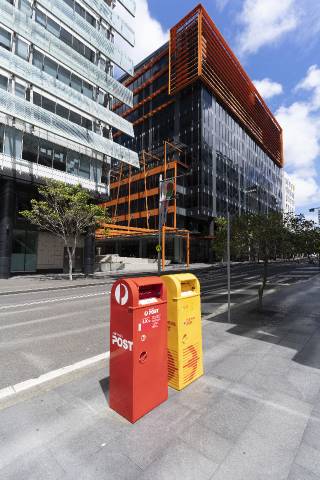 |
| Make | SONY |
| Model | ILCE-7RM2 |
| ISO Speed | 100 |
| Focal Length | 17.0mm |
| Aperture: | f/9.0 |
| Exposure | 1/160s |
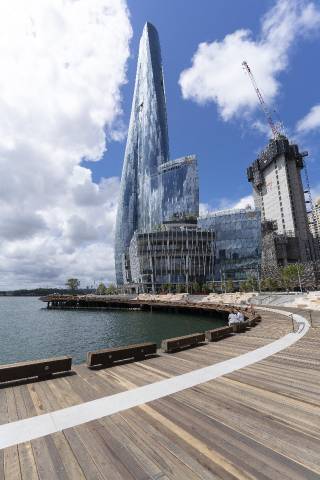 |
| Make | SONY |
| Model | ILCE-7RM2 |
| ISO Speed | 100 |
| Focal Length | 17.0mm |
| Aperture: | f/9.0 |
| Exposure | 1/320s |
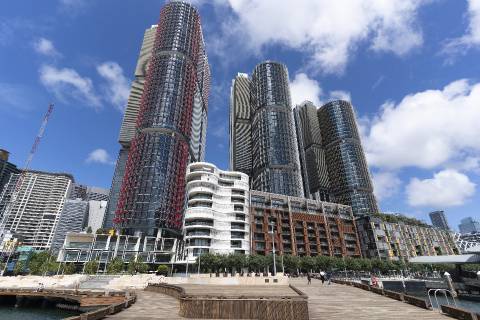 |
| Make | SONY |
| Model | ILCE-7RM2 |
| ISO Speed | 100 |
| Focal Length | 17.0mm |
| Aperture: | f/9.0 |
| Exposure | 1/320s |
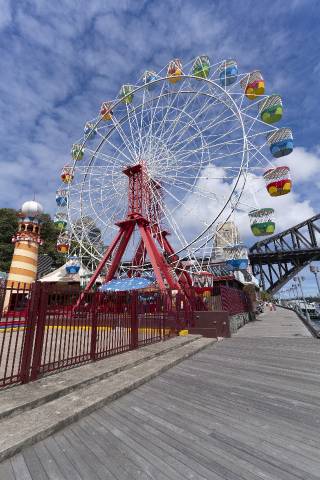 |
| Make | SONY |
| Model | ILCE-7RM2 |
| ISO Speed | 100 |
| Focal Length | 17.0mm |
| Aperture: | f/9.0 |
| Exposure | 1/400s |
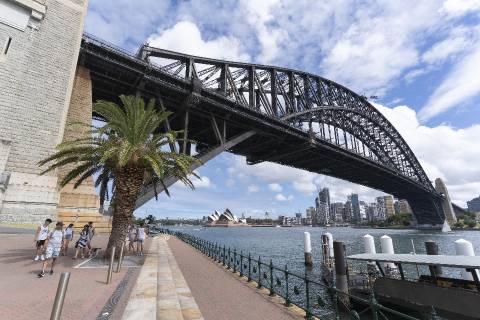 |
| Make | SONY |
| Model | ILCE-7RM2 |
| ISO Speed | 100 |
| Focal Length | 17.0mm |
| Aperture: | f/9.0 |
| Exposure | 1/250s |
 |
| Make | SONY |
| Model | ILCE-7RM2 |
| ISO Speed | 100 |
| Focal Length | 28.0mm |
| Aperture: | f/2.8 |
| Exposure | 1/1600s |
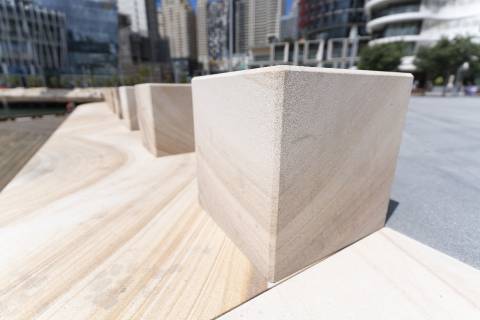 |
| Make | SONY |
| Model | ILCE-7RM2 |
| ISO Speed | 100 |
| Focal Length | 18.0mm |
| Aperture: | f/2.8 |
| Exposure | 1/4000s |
Competition
The ultra-wide segment is pretty crowded within the Sony FE ecosystem but there are probably 2 direct competitors - the Sony/Zeiss ZA 16-35mm f/4 OSS (center below) and the Sigma 14-24mm f/2.8 DN DG ART (to the right). They all have their pros and cons. The Zeiss is obviously slower but it compensates the fact to some degree via its image stabilizer (albeit that's of limited value if you have a camera with IBIS). Performance-wise it's probably a tad better than the Tamron in the overlapping range and it has a metal body if you prefer this. The Sigma is certain the beast in this row. It's a much bigger and heavier lens but you can also expect it to be the best in overall quality. We haven't tested it yet but the manufacturer MTFs are quite unreal. However, it's also the most expensive of the bunch and you can't use front filters.
 Visual comparison courtesy of camerasize.com.
Visual comparison courtesy of camerasize.com.
Verdict
The Tamron 17-28mm f/2.8 Di III RXD delivers a quite convincing performance with just a few caveats. Considering its ultra-wide character, it's pretty sharp where it counts the most - the wider settings. The center quality is great and the borders/corners also on a comparatively high level between 17mm and 21mm. Many ultra-wide zoom lenses struggle a bit at their "long" end and the Tamron is no exception in this respect. While the results are good from f/5.6, the outer image field could be better at larger aperture settings here. The native distortion characteristic is very decent for such a lens and there's nothing to worry about with image auto-correction. The vignetting figures are roughly in line with other lenses in this class. Reads: there's some hefty vignetting at f/2.8 in RAW images. Auto-correction eases this is a bit but, a bit surprisingly, Tamron chose a non-aggressive correction profile here so you may still be able to spot some light falloff depending on the shooting conditions. The bokeh has its pros and cons. Out-of-focus highlights are comparatively nicely rendered whereas the overall rendition can be a bit harsh.
The build quality is very good relative to its price tag. And whether you like the somewhat plasticky body material or not is also a matter of taste. However, an indisputable advantage of this approach is the very low weight of just 420g - and we are talking about an f/2.8 lens here. Unlike its fast, in-house zoom mates, it doesn't extend when zooming which is always something that we book on the plus side. The "moisture-resistant construction" seems to be somewhat inferior to other manufacturers - namely, there's no word about dust protection. However, we are talking in the context of a consumer-grade lens here. We quite liked the RXD AF motor on the 28-75mm f/2.8 but on the 17-28mm f/2.8, it's a bit on the slow side. This is usually no deal-breaker in this class though.
Overall, the Tamron 17-28mm f/2.8 Di III RXD is a solid performer. It doesn't excel in any criteria but it does the job and, possibly more important than that, it does so for a reasonable price.
Mechanical Quality:
★★★★★
What does this mean ?
|